This site contains affiliate links. Please see Policies for more information.
All users, from beginners to tried and true pros, can benefit from a 3D printing checklist. This is a useful tool that can help you get the best results, every single time you use your machine. If you are new to 3D printing, having the checklist will help you learn the proper process, it also serves as a good reminder for those of us who might not be a pro just yet. Even if you’ve been using the 3D printing technology for years, a checklist will assist in ensuring you don’t skip a step. Each step is crucial to getting the best print at the end of the day!
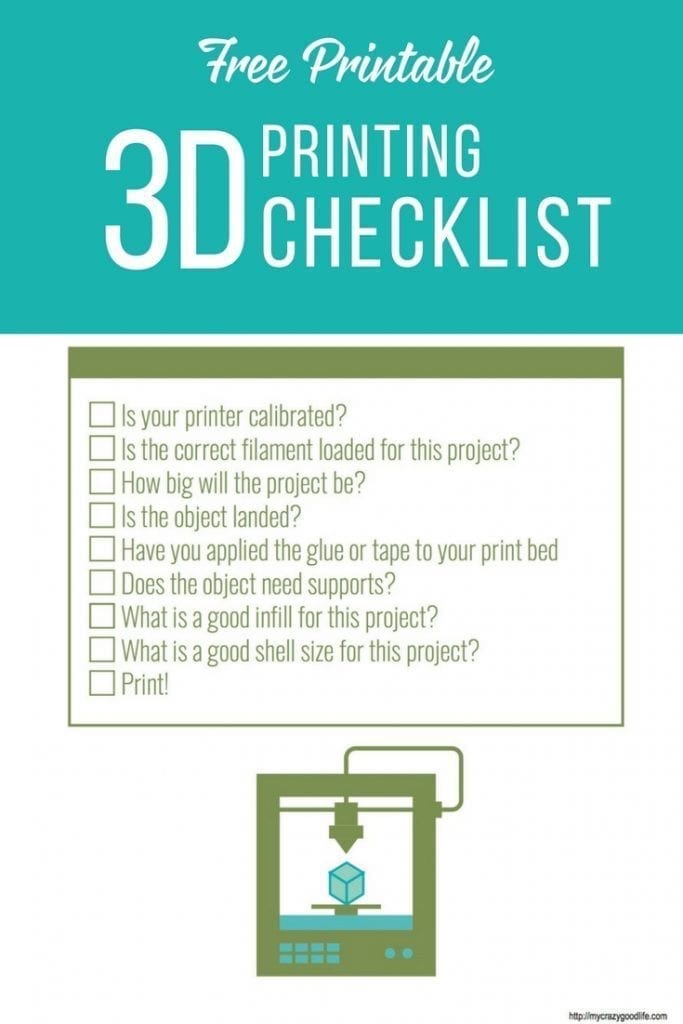
3D Printing Checklist:
If you are just starting out in the world of 3D printing you might have questions about the process, lingo, and even the different types of bases and infills. If so, make sure you check out all of our past posts on the subject! They’ll be sure to get you started on the right foot! We even have a bunch of AWESOME ideas all rounded up for you to try out on your new 3D printer!
Is Your Printer Calibrated?
Making sure your printer is calibrated is the first thing you should do before you start printing. Every printer is made in essentially the same way, but sometimes things are adjusted by the tiniest of measurements. In other types of manufacturing a small space might not matter. When 3D printing, even a third of a centimeter makes a big difference.
Using The Right Filament
Every project you have may require a different filament. When people get familiar with printing, they often skip the step of checking to make sure the right filament is loaded. However, it would be terrible to end up part way through a print only to realize that you’re using the wrong filament. Always check before you print!
Size of The Project
Do you have the right measurements put into the system? What size is your project? Do you have enough filament to finish? These are all questions that can be answered by simply knowing the size of the project and planning accordingly.
Has The Object Landed?
This may seem like an unnecessary step but when 3D printing you need to tell the printer where to land the object. Since a 3D printer is printing both horizontally and vertically, you need to tell your printer where the print bed starts. Make sure the printer knows where to begin or you may start printing in mid air and end up with a ruined project.
Glue or Tape
To ensure your print will come out as planned, you need to make sure the base doesn’t move. The best way to make sure a project stays in place on the print bed is to use tape or glue. Believe it or not, some of the most effective print bed adhesion comes from white glue. That white glue can be the same your children use in school. Since white glue is water based, it will be easy to remove when the print is finished.
Support Prints
Some prints will require support to be printed first. These supports come in the form of rafts and will help your print stay stable during the printing process. If you fear your print may topple over while printing, use a tear away or wash away support first.
The Infill
Infill is how your printer will print the internals of your object. The infill will act as support for the finished project. If you want an immovable object, go for a more detailed infill. If you are looking for something a little softer, use a lighter infill. The infill is a pattern, and there are many different types. Be sure to use the correct one to get the best results.
Shell Size
Finally, the shell is a crucial part of your print. Be sure to know the correct size of the shell that you need. If you don’t have the right size, you will end up with an object that looks nothing like what you intended. Instead of getting a cup, you will get a plate with a rounded bottom if you have the wrong size shell.
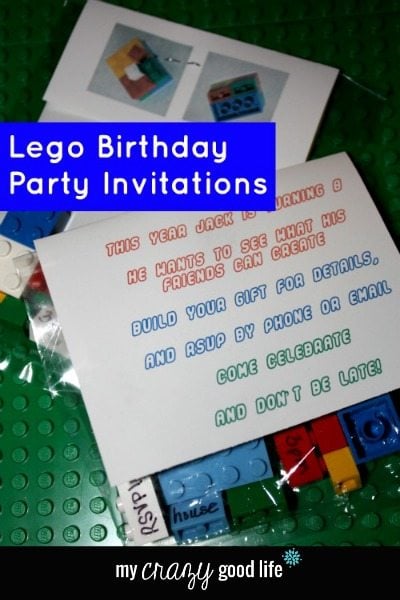
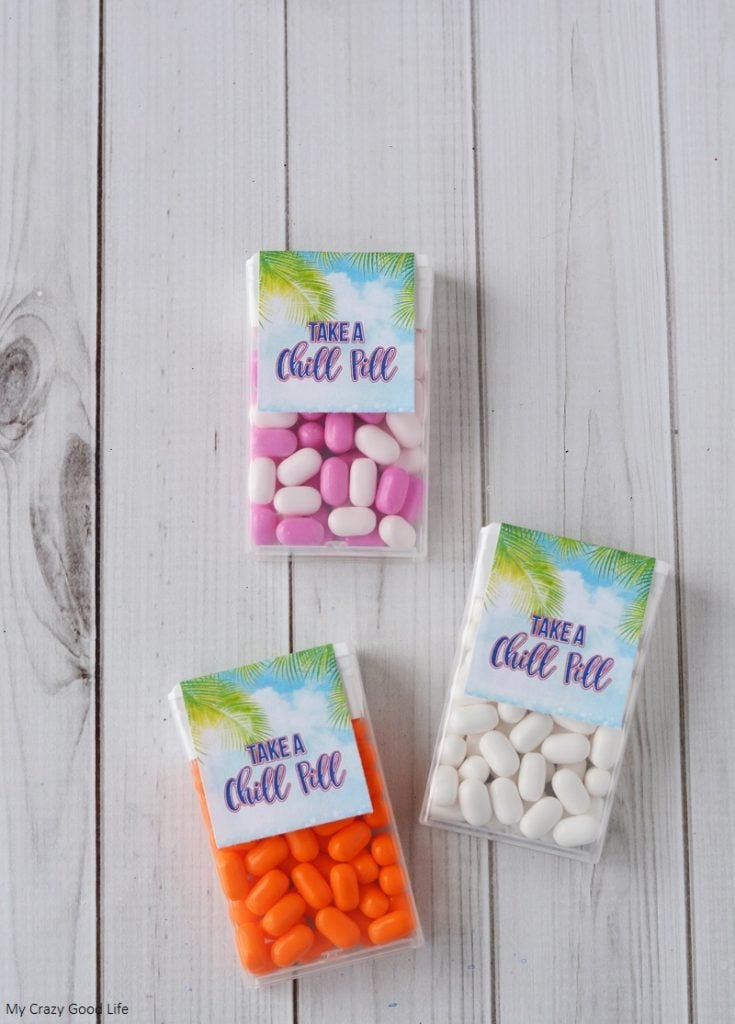
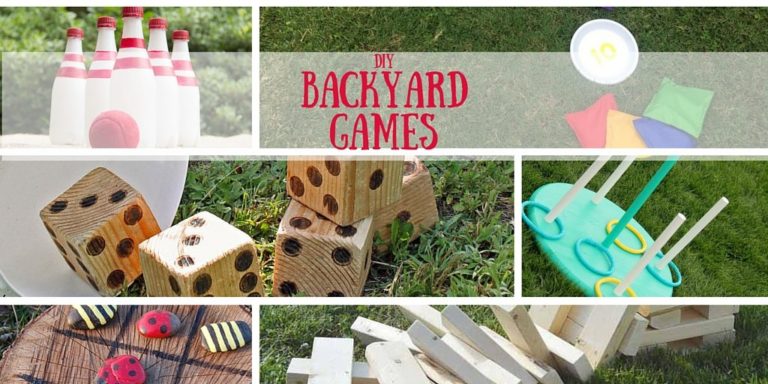
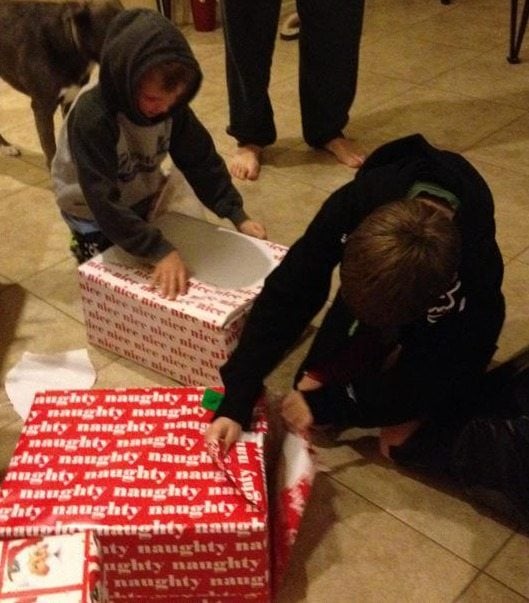

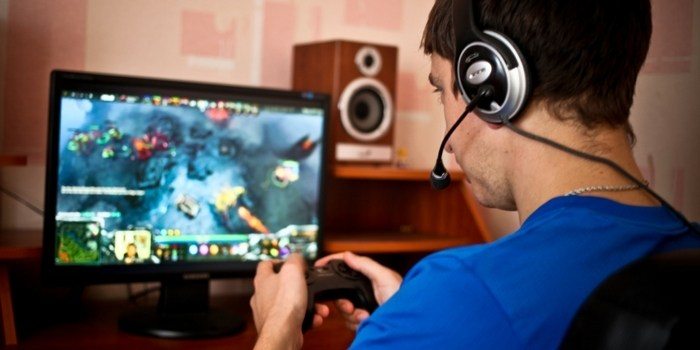

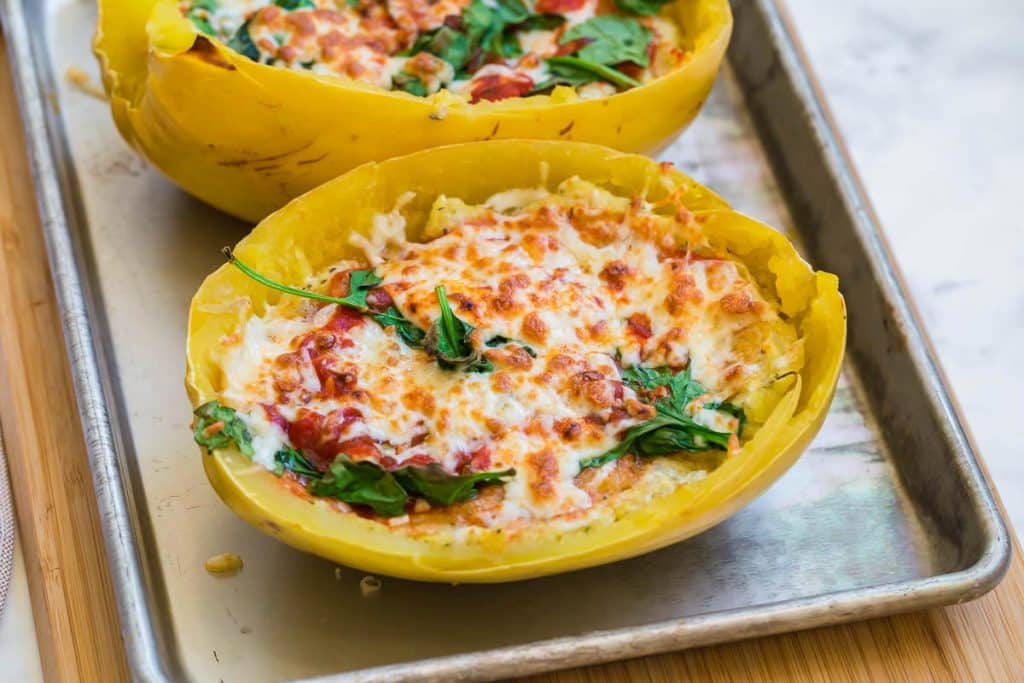
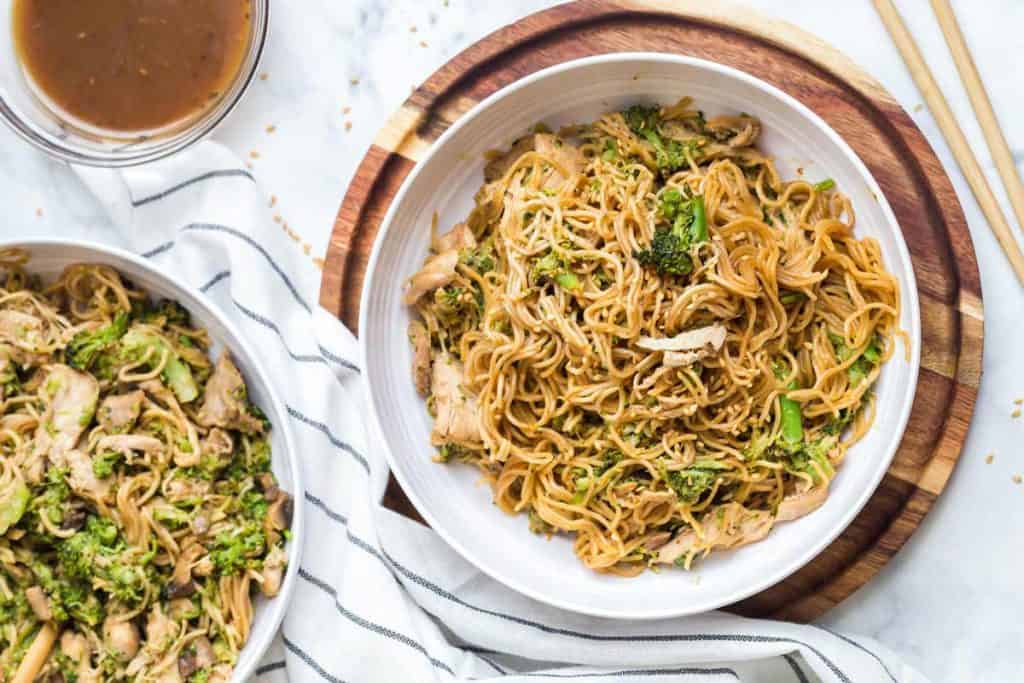
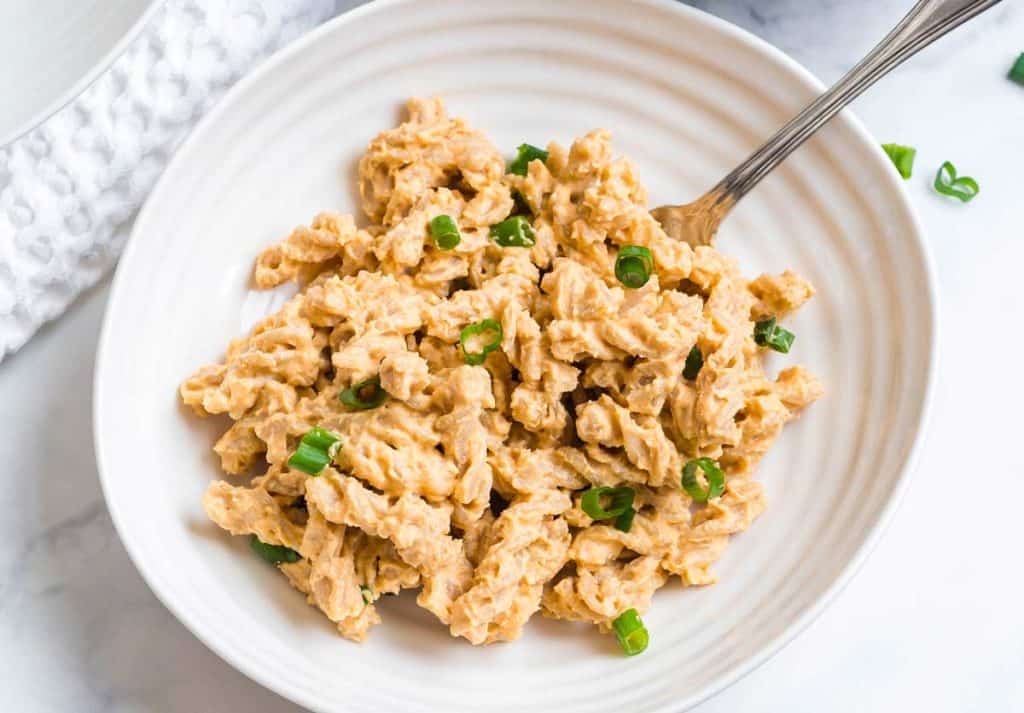

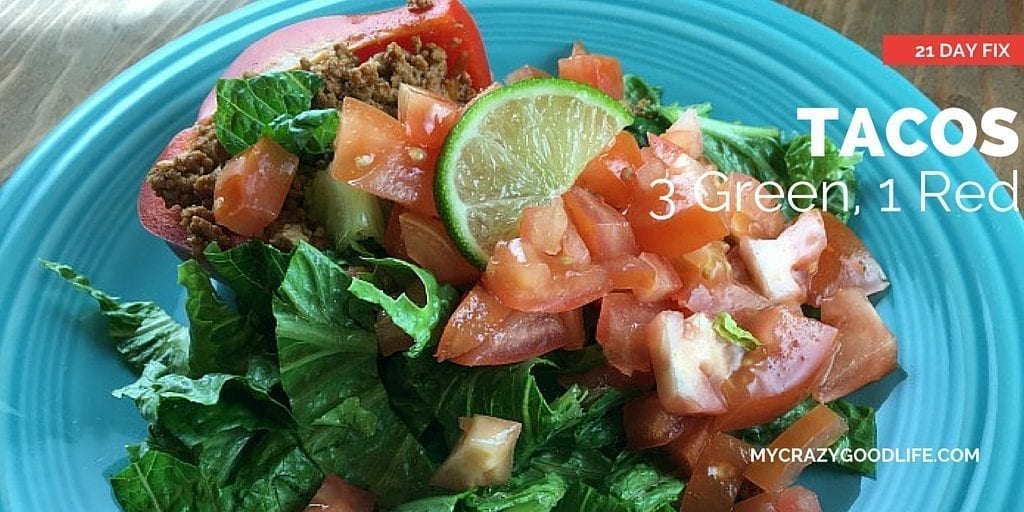
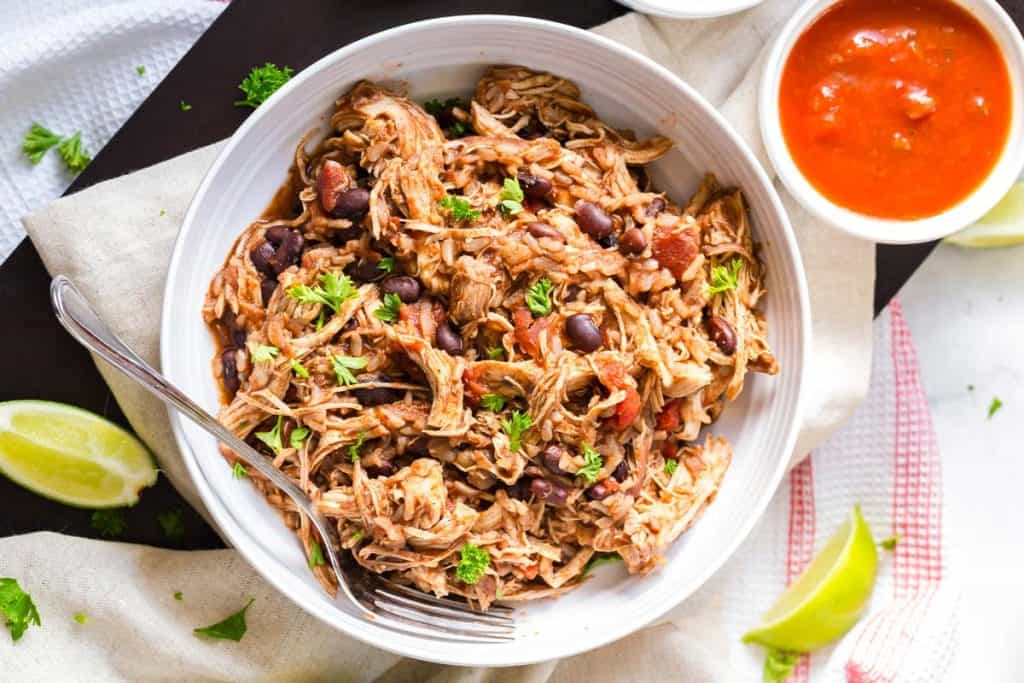


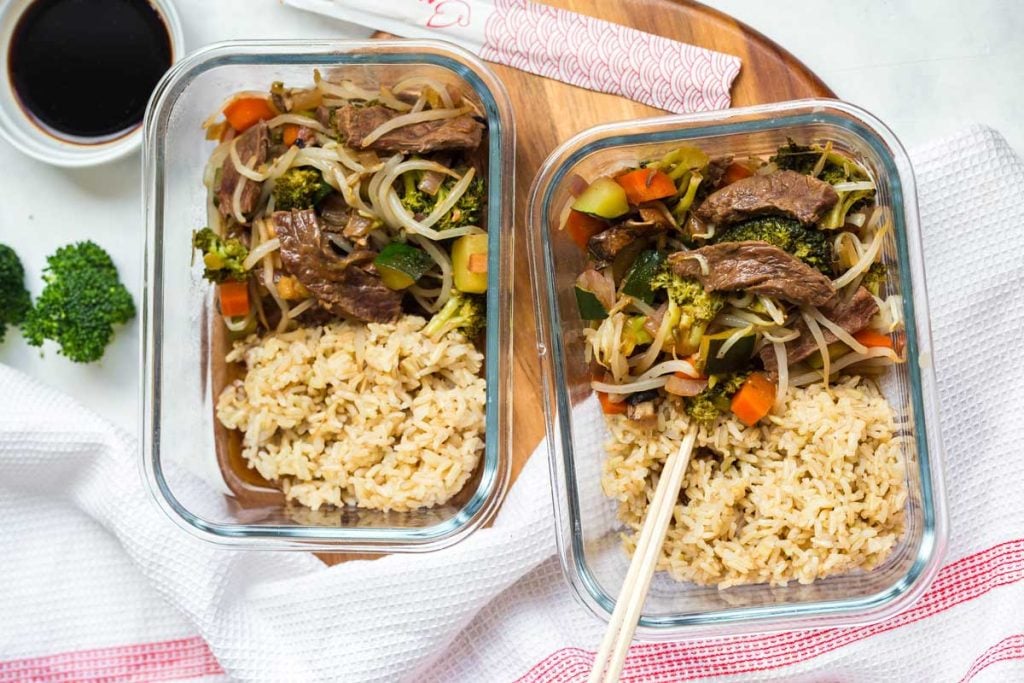
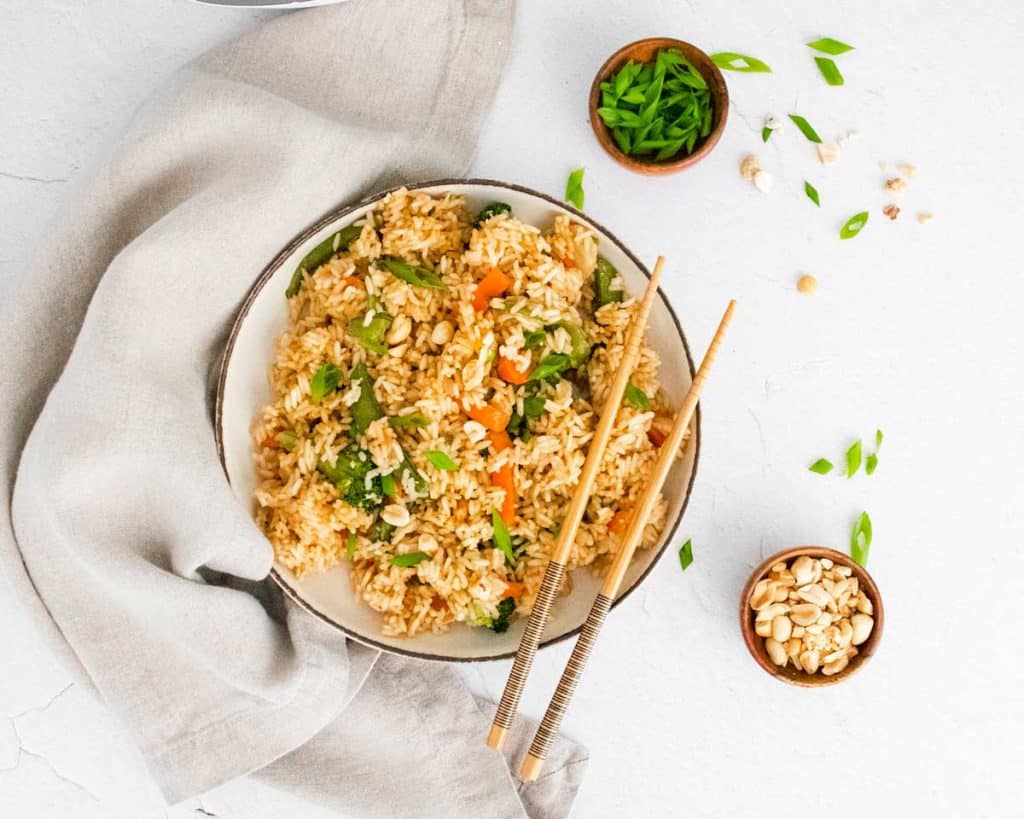

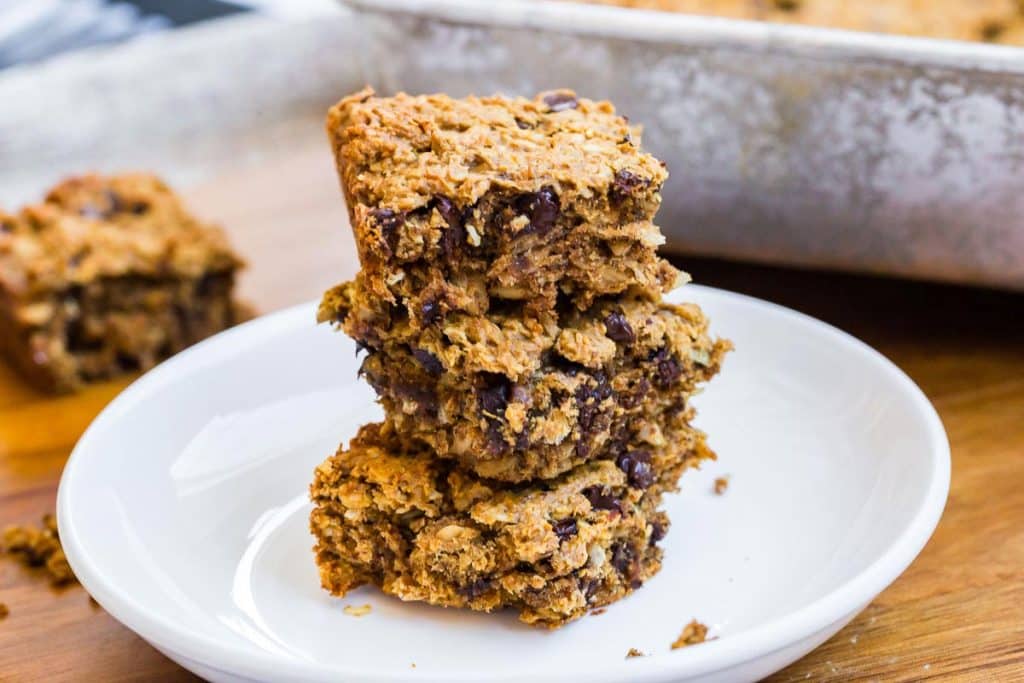
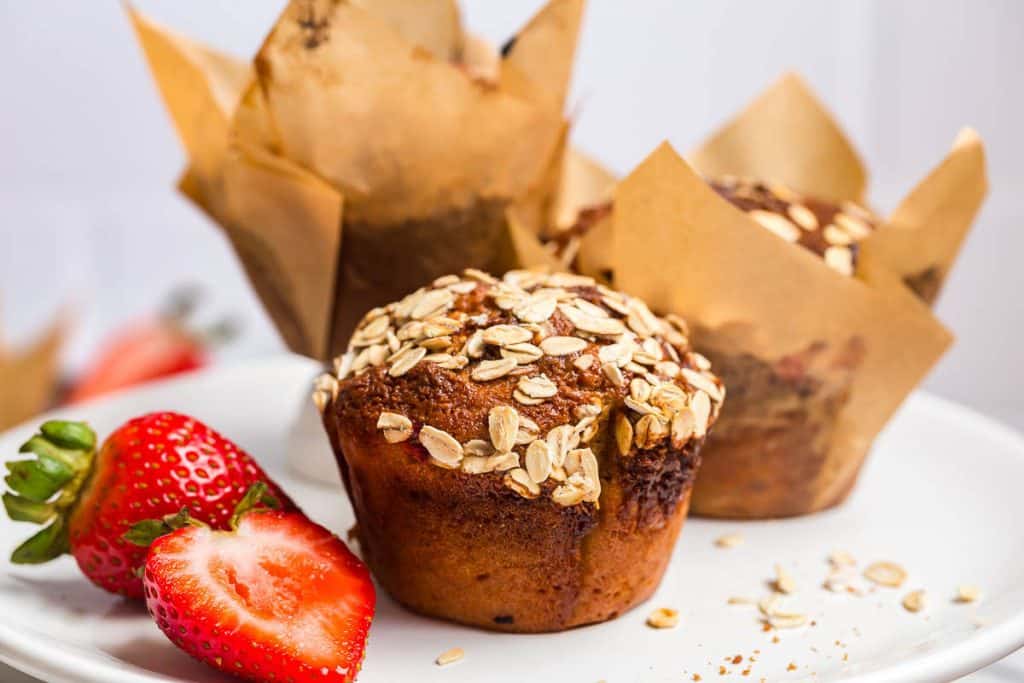

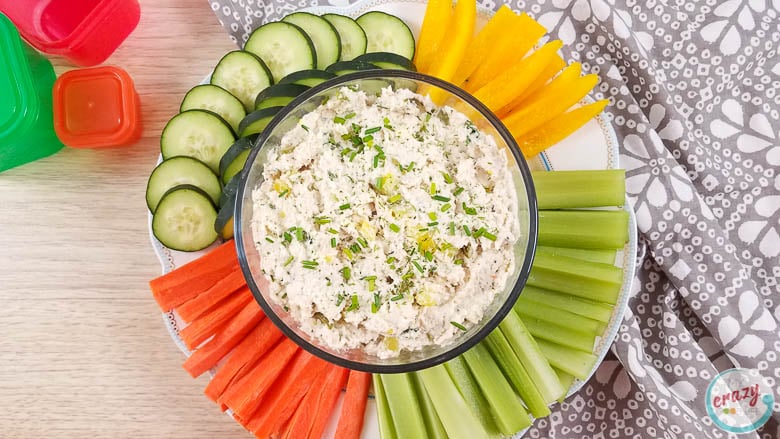


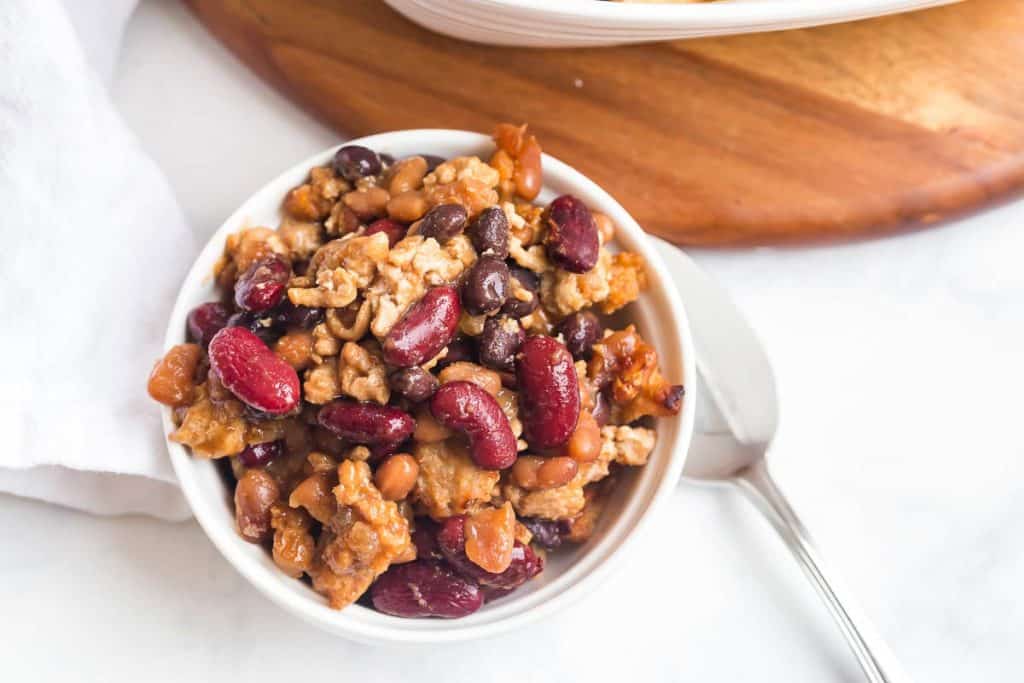






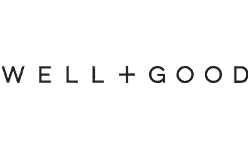




Great post! I find this very useful for getting the best result every time I use a 3d printer! Thanks for sharing this!